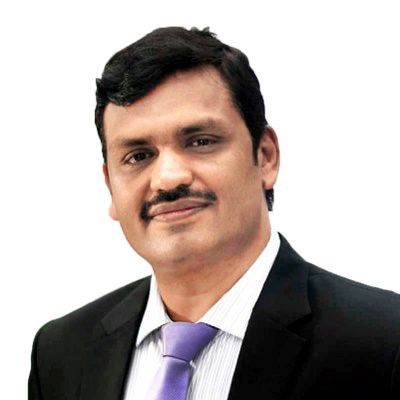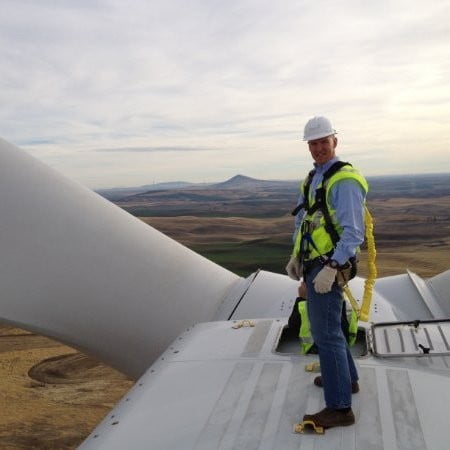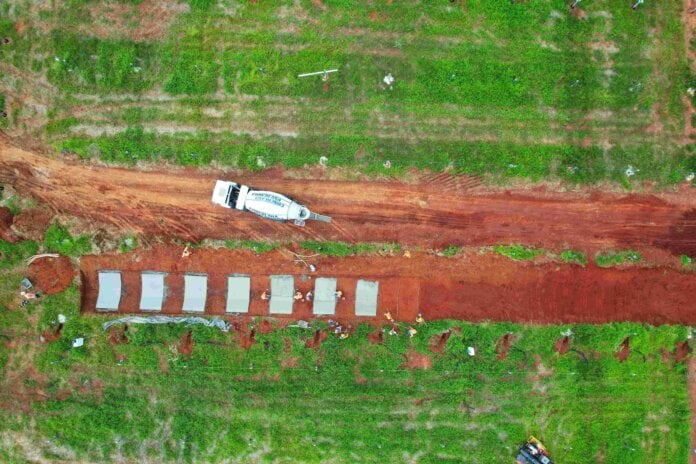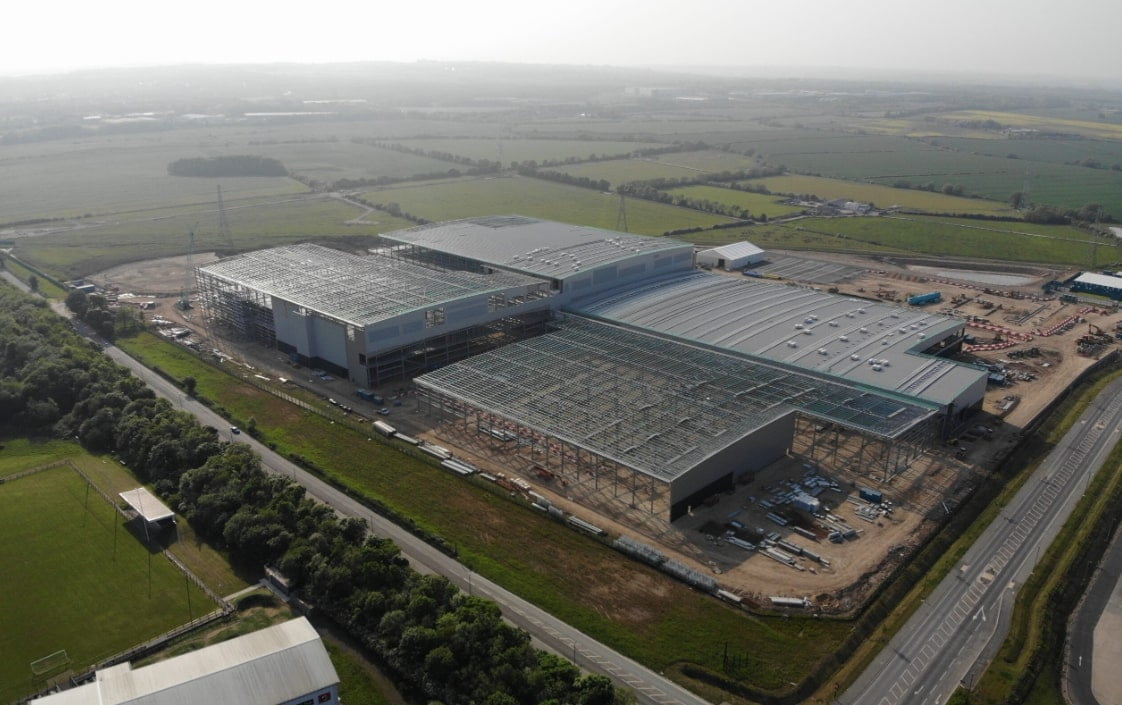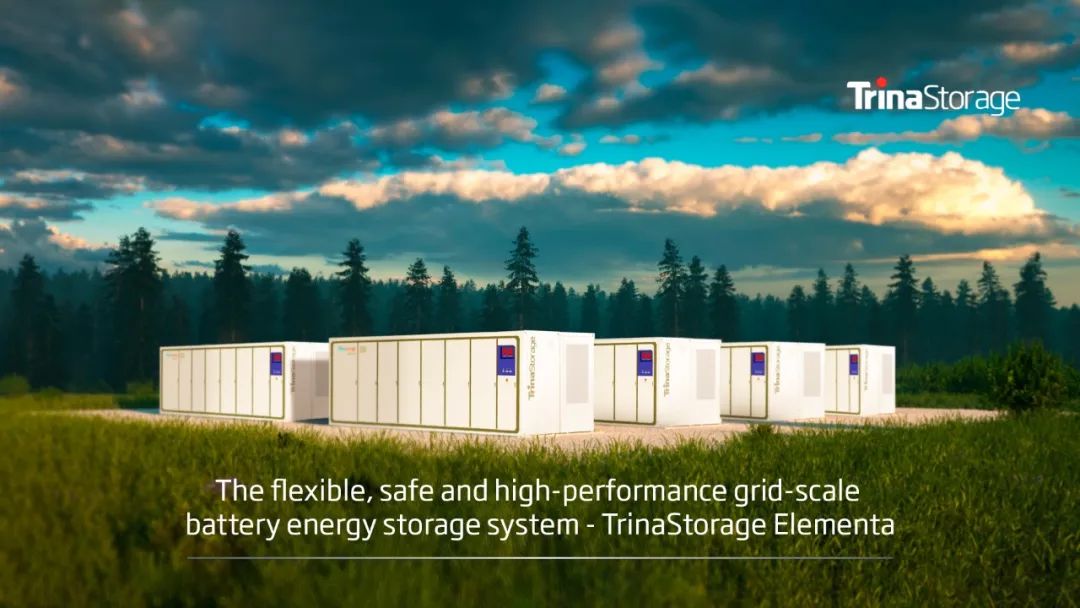The 240MW/480MWh BESS project will be located to the east of South Australian capital Adelaide, in a strategically selected site in the Murraylands region of the state. While the DC BESS solution’s duration is planned at 2-hour, that could be increased if market dynamics enable it, the companies said.
Scheduled for delivery in 2025 if it goes ahead, the battery system will charge with surplus renewable energy generated at off-peak times and discharge it to support the grid in South Australia and neighbouring Victoria when demand peaks.
The case for energy storage in the region is strong: recent analysis from Rystad Energy found the National Electricity Market (NEM), which Victoria and South Australia are connected to, has the highest levels of volatility in terms of price fluctuations among nearly 40 different electricity markets globally.
Battery storage could help with that. More locally, at 70%, South Australia has the highest level of renewable penetration on its grid of anywhere excepting small islands, Energy-Storage.news heard from expert Prof Bruce Mountain of the Victoria Energy Policy Centre (VEPC) this week.
The site spoke to Prof Mountain just a few days after the Australian Commonwealth government launched the expanded Capacity Investment Scheme (CIS), through which significant dispatchable renewable energy resources including storage will be tendered for.
South Australia: Highest level of renewables in the world
“South Australia has a higher penetration of wind and solar as a proportion of its mix than any other electricity markets, other than small island ones, anywhere. Much higher than Denmark, much higher than Ireland,” Mountain said.
In integrating that renewable energy and enabling the proportion to go even higher, batteries are really the “only plausible” technology, according to the VEPC expert.
Mountain noted also that while the Capacity Investment Scheme was originally envisaged a year-and-a-half ago as a sort of ‘de facto’ energy storage target or strategy to encourage private investment in storage with public backing, alongside the buildout of solar PV and wind that was already ongoing, this dynamic has flipped.
The ability of private companies like Shell Energy to go ahead with a new 200MW/400MWh BESS without seeking subsidies, for example, or developers in New South Wales (NSW) to bid in a state tender for firming capacity at very low levels of financial support, were testament to that, he said.
The business case for solar and wind variable renewable energy (VRE) however, has become more challenging, with the market effectively making the growth of utility-scale VRE a victim of its own success and a slowing of development.
“I think the storage providers seem to be willing to take their chances on the spot market… [there are] many settlement periods at prices that are negative or less and we still see gas at the margin in the evening, and probably will for quite a long time hence. So I think they are seeing in the spot market these arbitrage margins, so the level of policy support that they’re after is much lower.
“Whereas the wind and solar, they don’t see much; solar sees nothing from when gas is at the margin and the wind sees a little bit from when gas is at the margin, but they see plenty from when solar is at the margin. So things have been getting harder for them,” Mountain told Energy-Storage.news.
CIP, which is perhaps best known for its prolific investments in offshore wind, said its plan for Summerfield in South Australia aligns with the state’s energy transition roadmap, implying the project may seek success in forthcoming CIS tenders, which are due for launch in December and set to be held jointly with the state of Victoria.
Canadian Solar meanwhile said e-Storage, a subsidiary of the vertically integrated solar PV company’s manufacturing division, CSI Solar, would be supplying its SolBank BESS technology. SolBank uses liquid cooled lithium iron phosphate (LFP) batteries, along with other features like active cell balancing and fire safety systems with multiple levels of protection.
Canadian Solar said e-Storage was also selected by CIP as preferred provider for engineering, procurement and construction (EPC) and operations and maintenance (O&M) duties in addition to supplying the complete BESS solution.
CIP’s other projects in Australia include a solar, wind and green hydrogen project in Queensland the investor acquired in late 2022.
Continue reading


